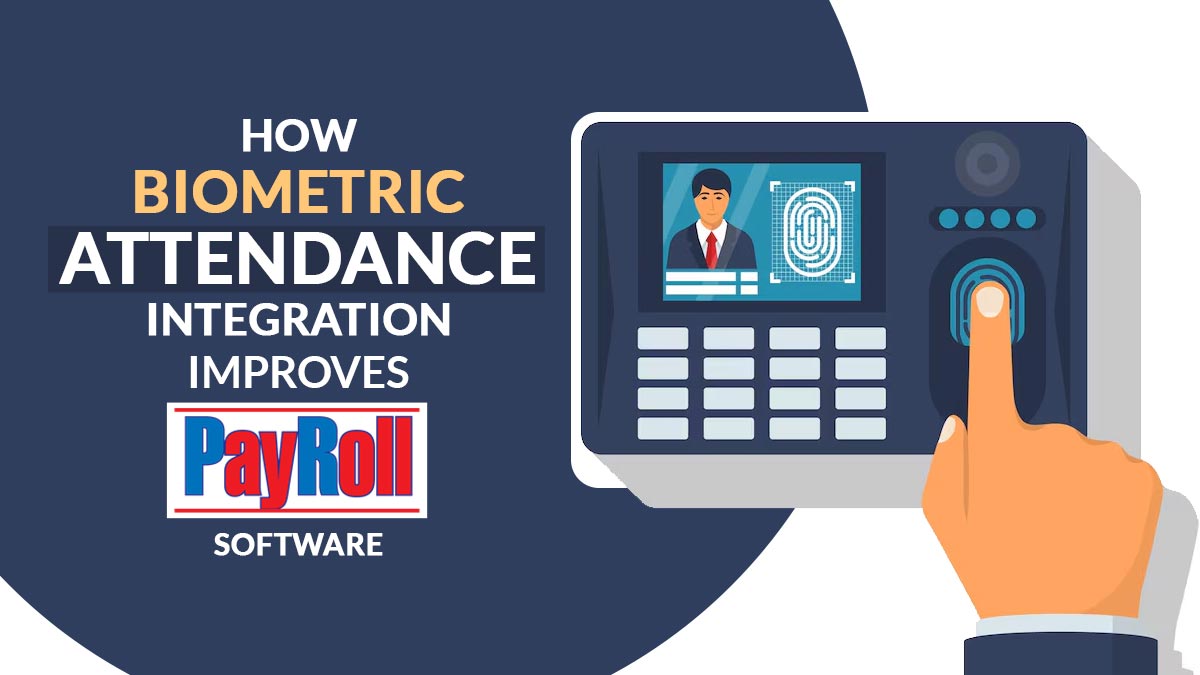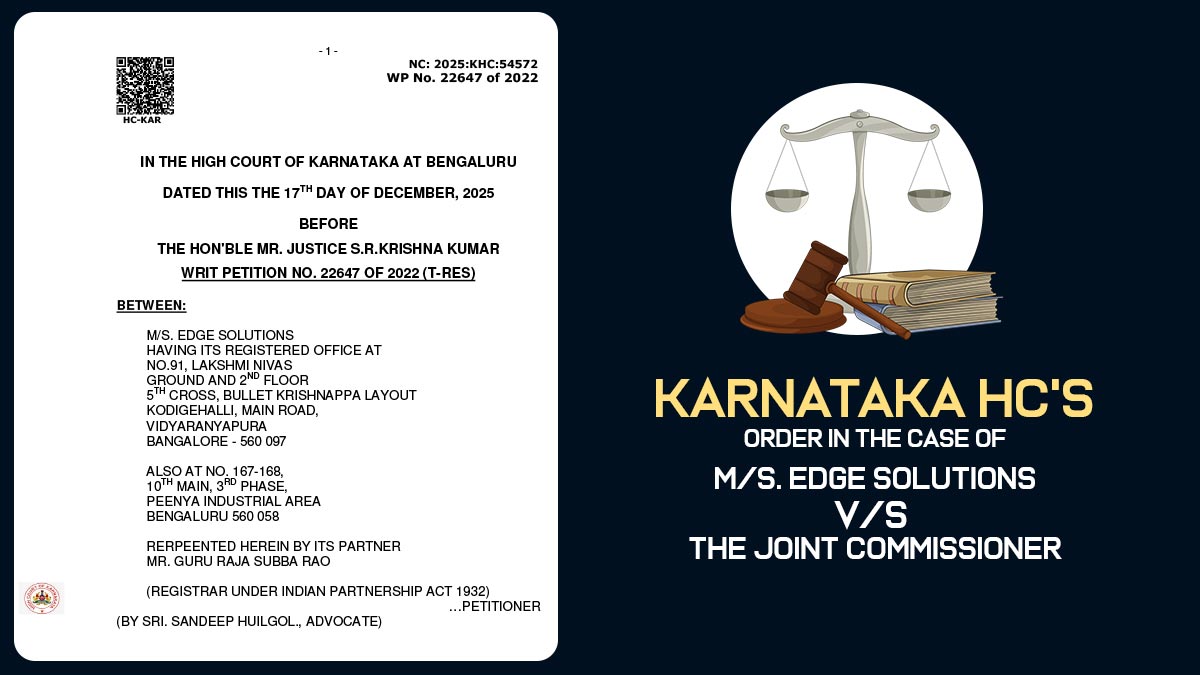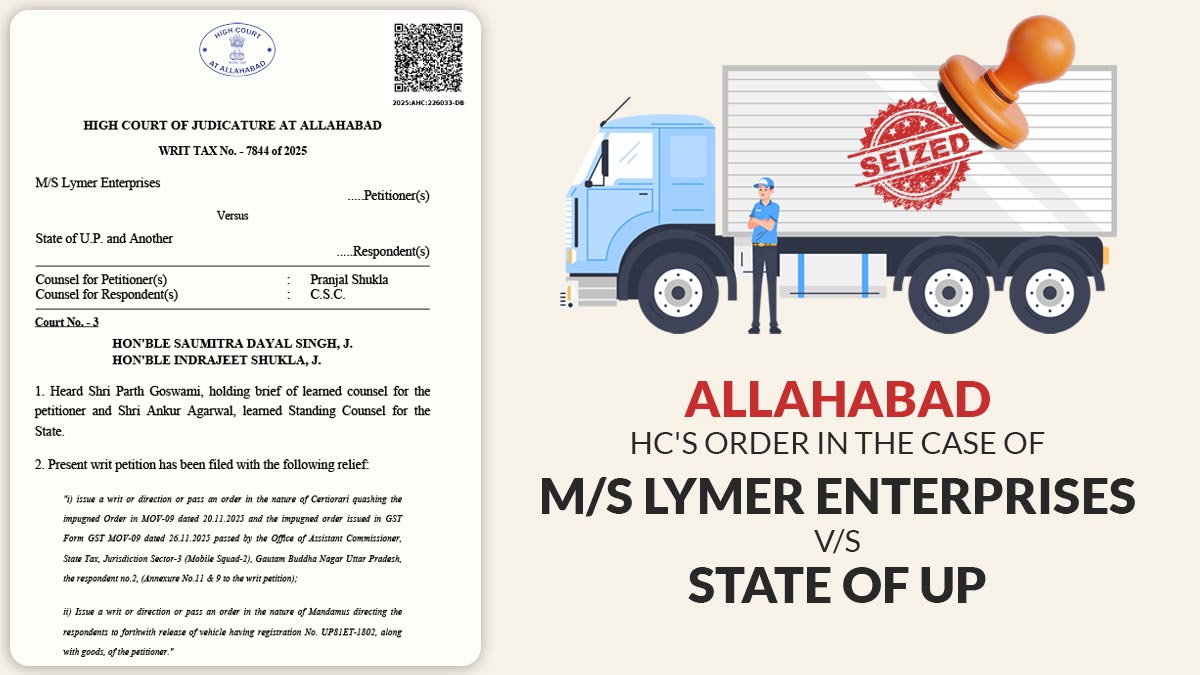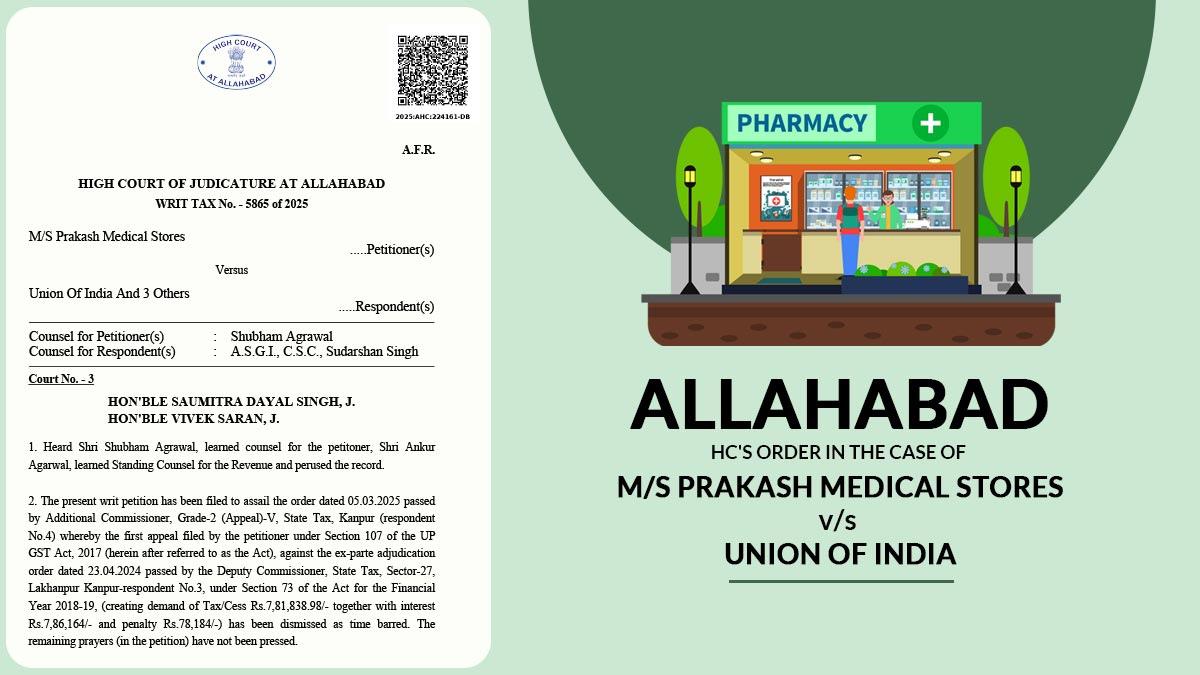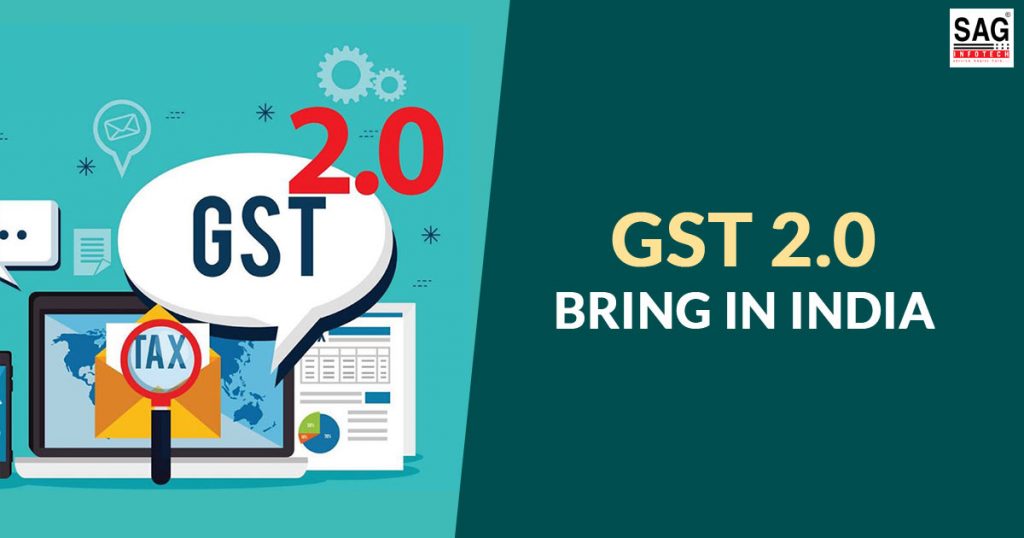
In the recent 47th GST Council Meet, it has been concluded that some amendments would be made to the GST laws. In its fifth year, the GST regime would greet its new & overhauled version i.e. GST 2.0 whose due application would indicate the true mojo of GST.
Latest Update
8th July 2022
- As part of the next stage of tax reforms for the 5-year-old indirect tax system, India may consider a jurisdiction-free regime for the Goods and Services Tax (GST).
- “The second aspect of administrative structure, which we need to sort of discuss is whether we still need a territorial jurisdiction, at least within CBIC…I think technology makes it possible for us to not be tied to a particular geographic location,” Vivek Johri, CBIC chairman.
The introduction of the GST regime in 2017 opened up gates for many challenges to enter in for almost every sector and person with changes in rules, regulations and rates.
In the same period, the taxation system also integrated with digitalisation through GST portal on which GST returns can be e-filed & uploaded, taxes can be digitally paid and claims for ITC can be made online.
However, there were some loopholes in the GST portal which invited fake ITC claims based on bogus documents which lit the sceptical eyes for the taxpayers from the GST department.
Some of the assessees who quickly concluded the complexity of the GST law opt-out of the system.
These several months of the GST era have encountered a large fall in revenue for the government from the GST. The government has now turned al its attention towards the prevention of fraudulent ITC claims, tax-evasion practices and methods to improve the revenue through tax collection.
Now the question arises that what GST 2.0 has for all of us in a scenario when so many reformations are needed?
However, this can be discovered only when the new and revamped GST version becomes effective.
For now, we can only look out the areas which are craving for improvement through GST.
Compensation to State Government
The government needs to quickly find out a solution to compensate the state governments for the loss of revenues that they have faced due to GST implementation.
State governments are going through torment phase, the intensity of which is constantly increasing and if the issues are not resolved at the earliest, the number of states protesting against GST will increase and the centre will end up losing its control over the country.
The 38th GST Council Meet made it quite apparent that the states and centre are not in line with each other when the voting was done to conclude the tax rates on lotteries. The states may start collecting some local taxes to neutralise their losses if no feasible solution is found out. On the other side, expecting a growth of 14% was just a high level of optimism which is unattainable in the current economic slowdown.
New Return System
The new return system is anticipated to be introduced in 2023, The new return system is based on the matching of invoices concept, however, everything seems fine in the demo version but the real-time efficiency would be determined once it will come into the practice of taxpayers.
On the initiation of this new GST system, all the artificial condition which were put via Circular No. 123 and 129 should be abolished by the government.
Although now the GST rates have met some percentage of uniformity and normality, yet some areas, like GST rate of 28% on cement when 18% or 12% GST rate applies to other construction components, needs to reviewed & realigned by the fitment committee as refunds on the inverted duty structure are becoming complicated.
The GST Council should put heads together to find the actual need for Harmonised System of Nomenclature (HSN) Code, developed by the World Customs Organisation (WCO) for the systematic classification of the goods throughout the world, for GST rates.
The long list of codes required for CGST or SGST was also discoursed about by the GST council. A long list of codes is present because the lawmakers have to be excessively concerned about rules & minor details to conclude the different GST rates for different properties of the same product. For example, different GST rates on coconut water which is refrigerated or sold in unsealed condition or not refrigerated.
Assessments/Appeals
As the GST return for the first year when the GST regime was started has not been filed till yet, the assessment for the same is also on hold.
The Central Board of Indirect Taxes and Customs (CBIC) should assume that the assessments should begin soon and ensure the availability of enough manpower for the same.
Under the GST regime, the rates of litigations are anticipated to be high. Considering the involvement of Central Excise and Service Tax regime and the initials years of the Authority for Advance Rulings (AAR) under GST, the taxpayers would expect justice only at the Goods and Services Tax Appellate Tribunal (GSTAT) level because assessment before this level is likely to be pro-revenue.
Anti-profiteering
According to Section 171 of the CGST Act, in the case of any reduction in the GST rate or benefit of input tax credit to the taxpayer, the benefit should be passed on to the buyer, otherwise, the charges of anti-profiteering will be imposed on the taxpayer.
However, the manner to compute the anti-profiteering has not been mentioned in the rules, neither does it prescribes the bandwidth for the taxpayer to mutate the price to certain thresholds. Many innocent companies in the fast-moving consumer goods industries and real estate sector have been discovered as a defaulter on the ground of anti-profiteering.
Some of such companies are getting acquainted with the GST laws when such demands were put before them. As the method to calculate the anti-profiteering is not available, the taxpayers are unable to determine the wrong done by them.
Budget 2023 is a favourable chance for the finance minister to revamp GST system for the best of all the sectors. Uncertain GST revenue invigorates government to take the necessary steps, however, only a few changes have been made in GST rates and are needed only for a few exceptions.
The revamped GST can be labelled as “GST 2.0 in 2023” when the unseasoned, untried GST is released for the entire country.




